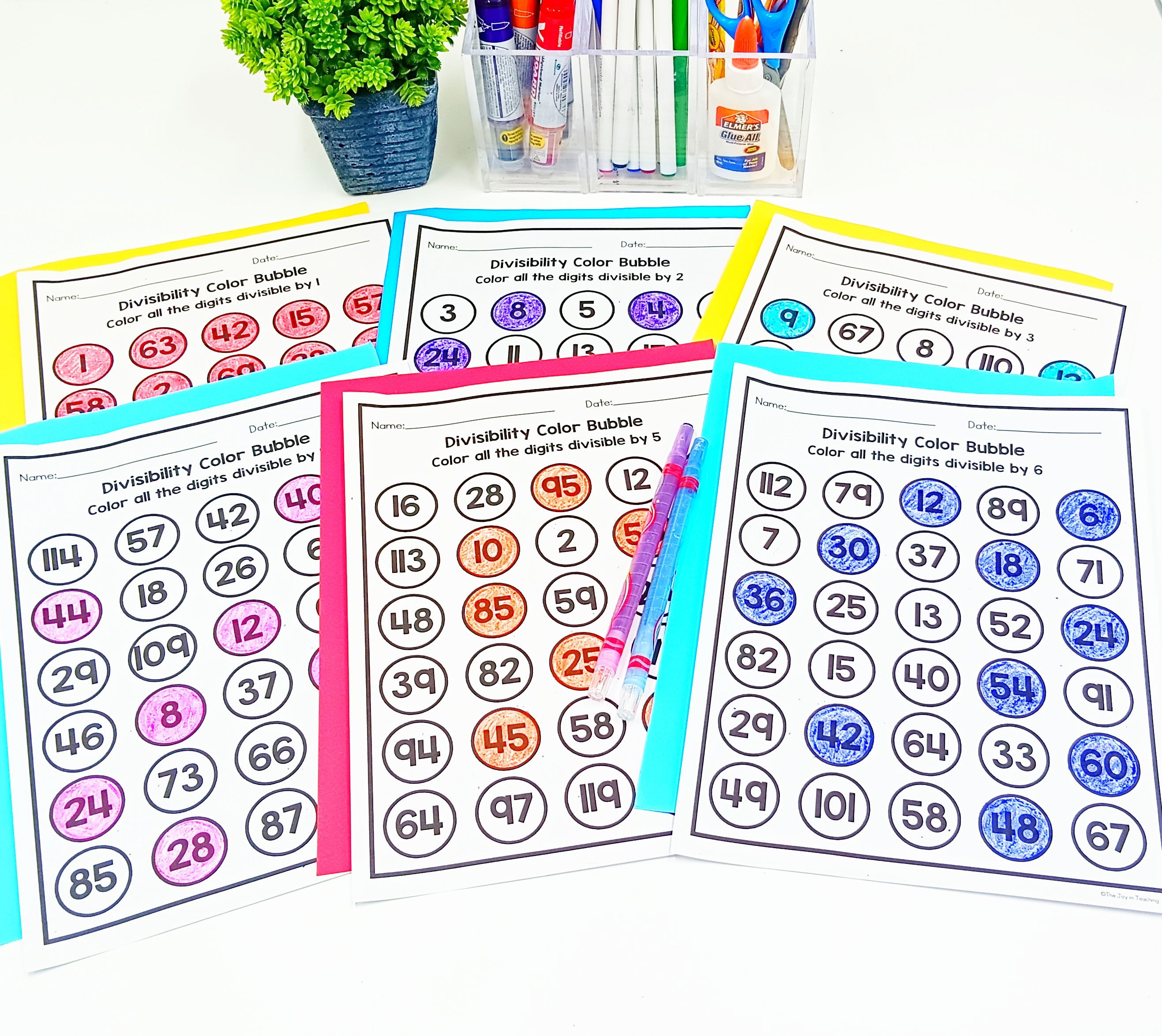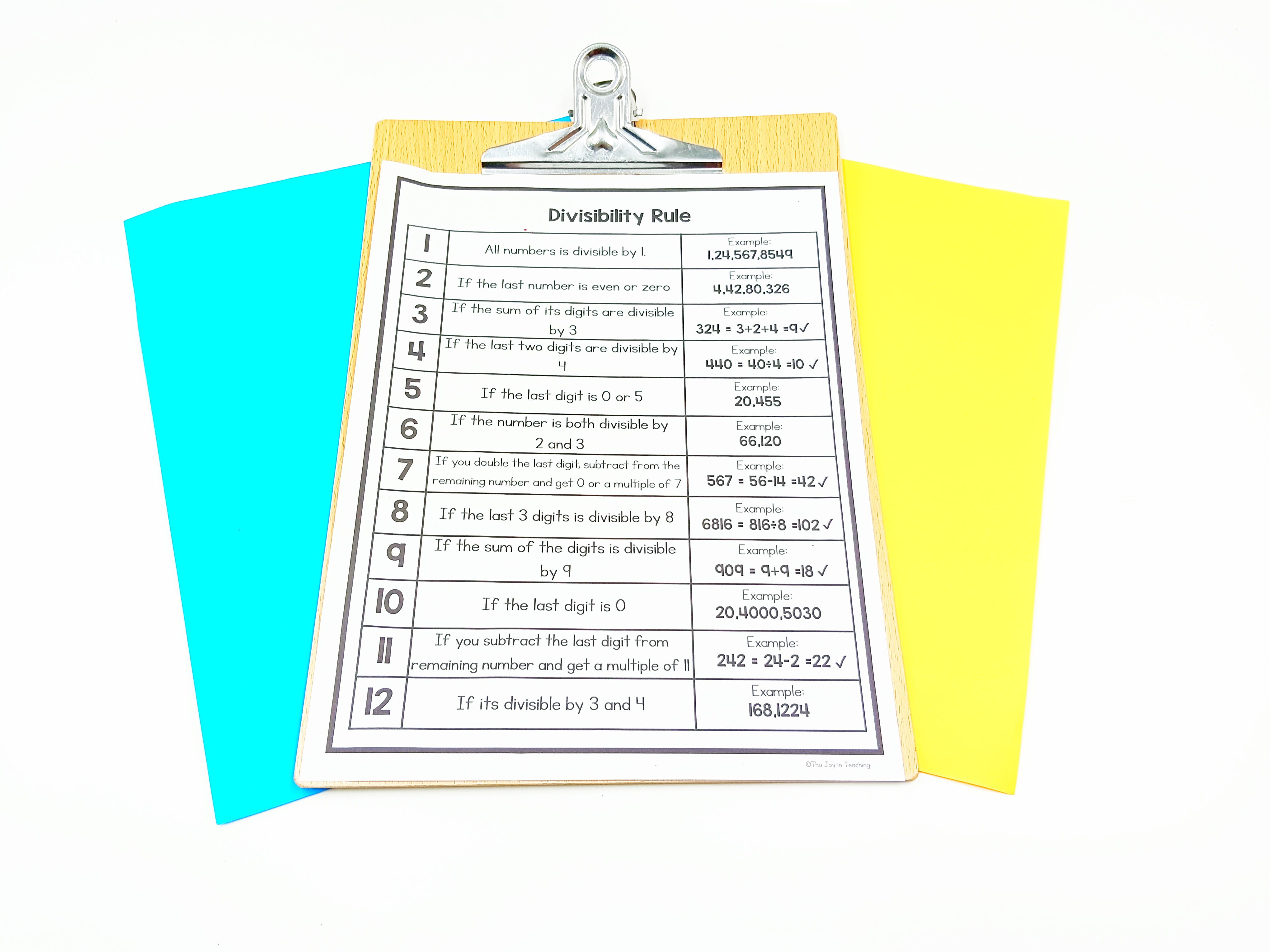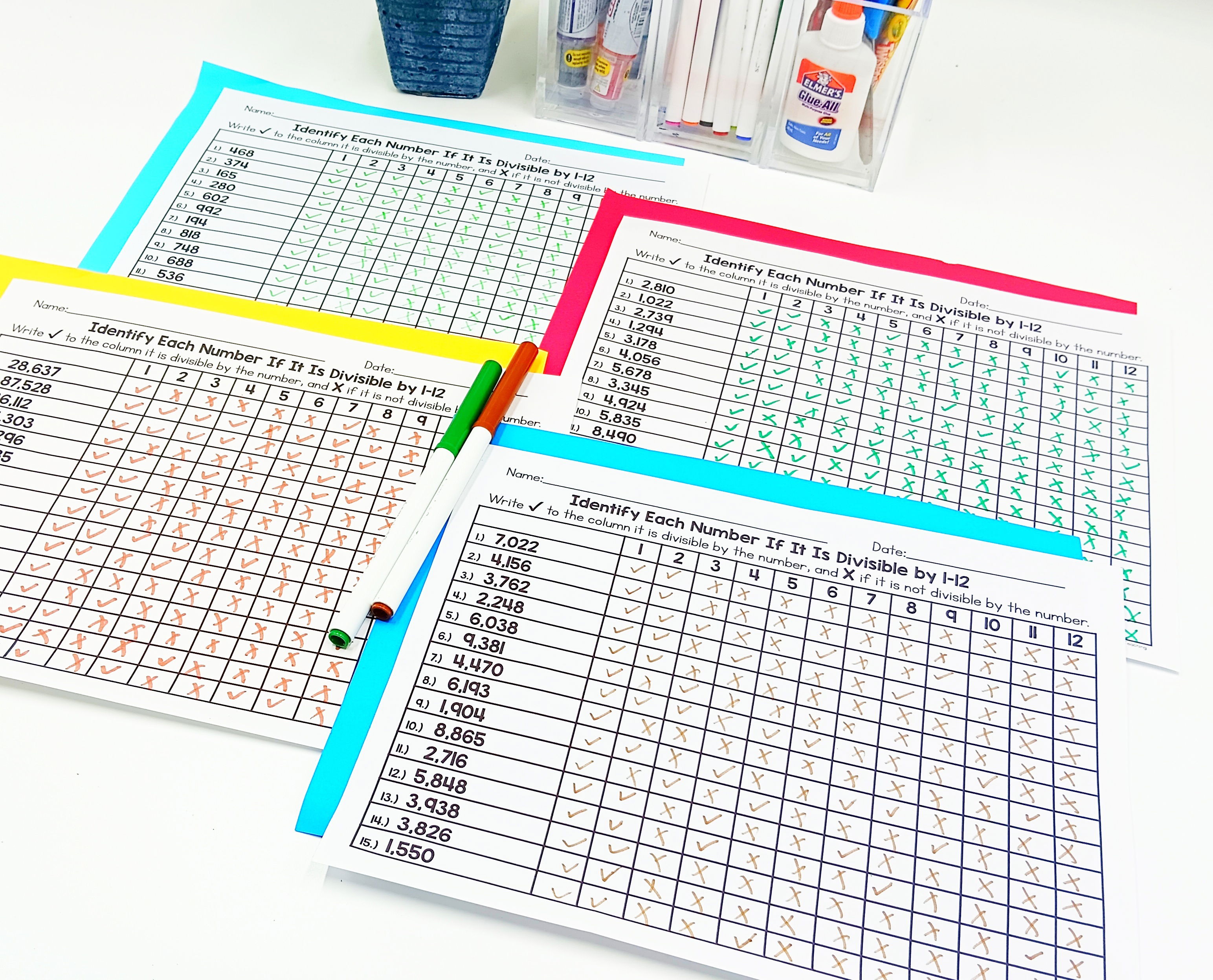How to Teach Divisibility to Kids: A Fun, Easy-to-Read, and Engaging Guide
Teaching kids the concept of divisibility can feel like explaining why socks vanish in the laundry—mysterious, frustrating, and weirdly consistent. But don’t worry, amazing educators and parents—we’re about to turn that confusion into confidence with simple tips and real-life connections that make divisibility totally click.
Why Teach Divisibility Anyway?
Divisibility rules are like little math shortcuts. They help students quickly figure out if one number can be evenly divided by another—no long division required. These tricks not only save time, but also build number sense and make future math lessons (like fractions and factors) much easier to understand.

Divisibility Rules (1–12) in Kid-Friendly Language
1. Divisible by 1: Every number works! 🎉
2. Divisible by 2: Ends in 0, 2, 4, 6, or 8.
3. Divisible by 3: Add the digits—if that total is divisible by 3, so is the number.
4. Divisible by 4: Last two digits form a number divisible by 4.
5. Divisible by 5: Ends in 0 or 5.
6. Divisible by 6: Must follow rules for both 2 and 3.
7. Divisible by 7: Double the last digit, subtract it from the rest. If the result is divisible by 7, so is the number.
8. Divisible by 8: Last three digits form a number divisible by 8.
9. Divisible by 9: Add the digits. If the total is divisible by 9, the number is too.
10. Divisible by 10: Ends in 0.
11. Divisible by 11: Subtract the last digit from the rest. If that’s divisible by 11, so is the number.
12. Divisible by 12: It must be divisible by both 3 and 4.
Teaching Divisibility: Simple Tips That Work
✅ 1. Use Visual Aids
Post a bright, kid-friendly divisibility chart in your classroom or learning space. It’s an easy reference tool and helps reinforce rules through visual memory.

✅ 2. Keep It Real
Turn everyday situations into math problems! “Can we divide 18 cookies evenly among 3 kids?” “If we buy 24 pencils, can 4 students get the same number each?” This makes math feel useful, not abstract.

✅ 3. Play Divisibility Games
Create a scavenger hunt! Challenge kids to find numbers in books, around the house, or in the classroom that are divisible by 2, 3, 5, or 10. Bonus points for finding numbers divisible by more than one!

✅ 4. Make It Routine
Consistent exposure is key. A little practice every day builds fluency and helps divisibility rules stick—without the stress.

Real-Life Divisibility Moments
🏠 At Home
- Cooking together: “This recipe makes 12 muffins—can we split them evenly between us?”

- Grocery shopping: “There are 30 apples. Can we divide them between 5 people?”

- DIY Divisibility Chart: Let kids decorate their own divisibility posters to keep at home.
🏫 In the Classroom
- Math Centers: Use laminated charts and cards for interactive practice.
- Bulletin Boards: Post fun divisibility puzzles or weekly challenges.
- Group Projects: Have students test random numbers for divisibility and share what they find.
Final Thoughts
Divisibility doesn’t have to be overwhelming. When taught with relatable examples, colorful visuals, and a touch of humor, it becomes a powerful concept that empowers kids. With consistent practice, you’ll see their confidence soar as they start spotting patterns and solving problems like little mathematicians.
💡 Want a ready-to-use tool to practice everything we talked about?
👉 Check out the Divisibility Worksheets at the end of this blog—perfect for classroom use, homeschool routines, or center activities.
Follow Me for More Teaching Tips with Joy For more tips, resources, and a daily dose of teaching joy, follow me on:
Got questions or want to share your success stories? Drop me an email at thejoyinteaching@gmail.com. I love hearing from fellow educators and parents! Happy Teaching!
Joy Medalla
The Joy in Teaching 💛